Apex sat down with Susan Marricone, a Technology and Transformational Leader to discuss the role of an IT Leader and the importance of innovation, being customer centric and IT as a business enabler in the enterprise.
Q: What is IT doing to support innovation in the enterprise?
A: The current technological environment is so fertile and the need to innovate so urgent, that we shouldn’t even have to be asking this question. Innovation has to be a given for IT in the current environment; yet, in many companies, IT isn’t doing enough to support innovation in the enterprise.
It is today’s innovation that becomes the viable revenue stream of the future and much of that innovation has deep technological foundations in IT. IT is always at risk of becoming one of the “business as usual departments” instead of focusing a meaningful proportion of its activities on innovation. Close alignment with the business strategy as well as with industry trends can help IT focus its innovation activities in meaningful ways, but IT should also have its own innovation zone. It’s impossible to predict where the next innovation will come from.
Q: What is the single most important thing CIOs should be focusing on today?
A: Like every other part of the enterprise, the most important thing for CIOs to focus on is the customer. The real customers of the company, not the fallacy of the “internal customer.” The “internal customer” fallacy has caused a lot of damage to many IT departments by enabling a lot of gold-plating, a lot of unnecessary internal processes and the reinforcing silos or introducing new ones. CIOs have to lead the way by aligning closely enough with the business to make it clear how IT’s activities are ultimately serving the customer, even when it is not readily apparent.
Q: Should IT be a business enabler?
A: Unless it’s been strictly relegated to “keeping the lights on” – which is net loss for everyone involved – then IT should not only be a business enabler, they should be business partner and a business leader. IT should be at the forefront of ideas, technologies, services and platforms that can not only enable the business but inspire it as well. IT cannot settle for being merely reactive but needs to be firmly entrenched in business strategy and growth and viewed as an internal think tank for ideas.
Q: How do you stay abreast of the trends and what your peers are doing?
A: Talking, reading, travelling to conferences where the people I respect as innovators and thought leaders have a presence. Mostly it’s a mindset of keeping one’s eyes and ears open to what’s happening all around – and making sure you keep it as a priority.
Q: What is the biggest challenge for a CIO today?
A: Finding and keeping the right people is one of the biggest challenges for any leader, including CIOs, particularly in the current competitive environment. For CIOs, it’s extra hard, given the pace at which the landscape changes.
Q: How has the role of the CIO changed over your career?
A: There was a day when a CIO could succeed merely by effectively implementing three- or five-year old technology strategies cost-effectively and with stability. Those days are gone, and the role of today’s successful CIO is a multi-faceted mosaic: part leader, part visionary, part technologist, part transformational guru. Much more challenging – and much more interesting too!
Susan Marricone, Director – Agility / DevOps Transformation Leader
Susan Marricone is a dynamic executive and transformation leader making an impact on the Future of Work and Ways of Working to deliver strategic business initiatives. As companies undergo digital transformation and recognize the need for continued innovation, transformation touches many different parts of the enterprise – from organizational structure and business processes to more agile strategy, finance, HR, procurement and supply chain.
A Certified Agile Leader (CAL), Susan Marricone is also certified in business agility, Agile HR, Lean, Change Management and Leading Disruptive Innovation. She holds most major industry leading Agile credentials and has deep experience in Agility.
Susan Marricone has been a speaker for the national Agile Alliance | Women in Agile workshop, leading into the Agile2017 Conference and Agile NJ among other venues, speaking on topics including Empowering Women through Agile Outside IT, Agile HR, and the evolving role of the Agile Business Analyst. She is currently on the Advisory Board for the Rutgers University Leading Disruption Innovation Certificate Program.

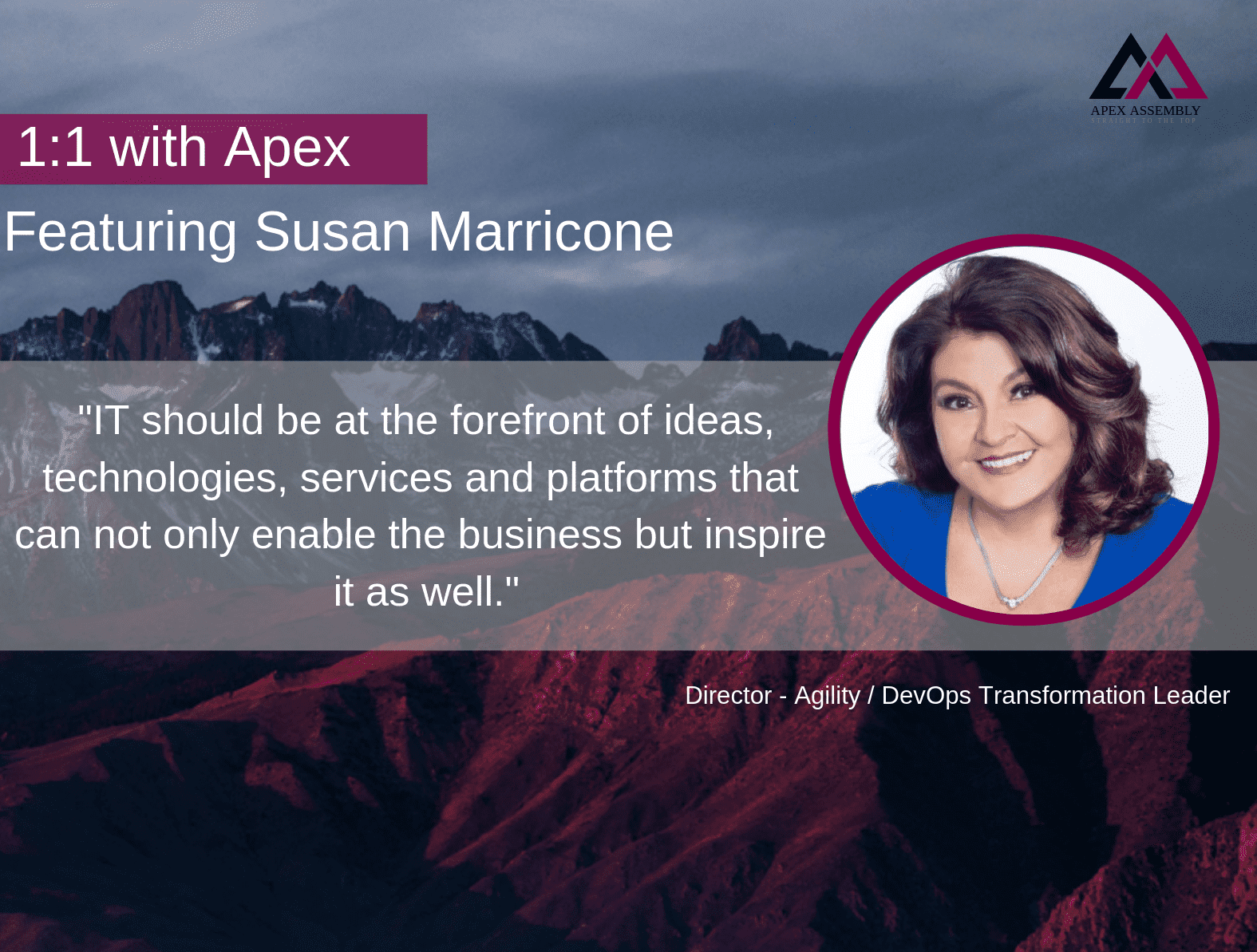
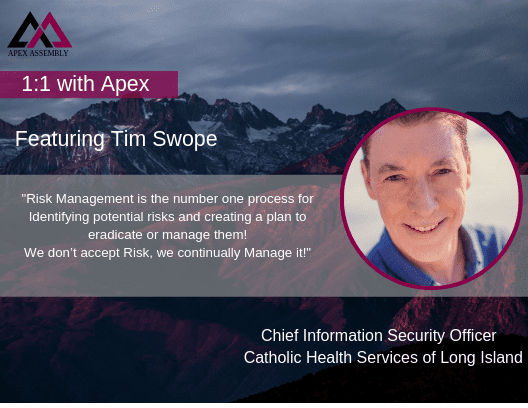
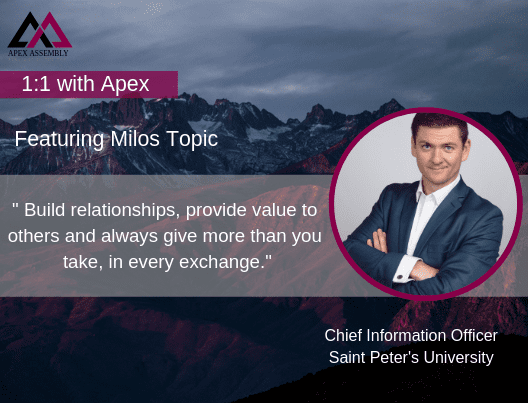

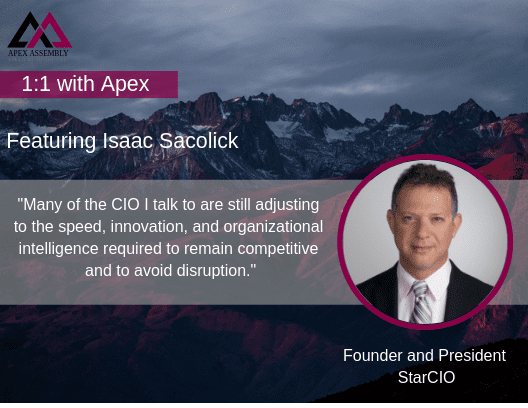

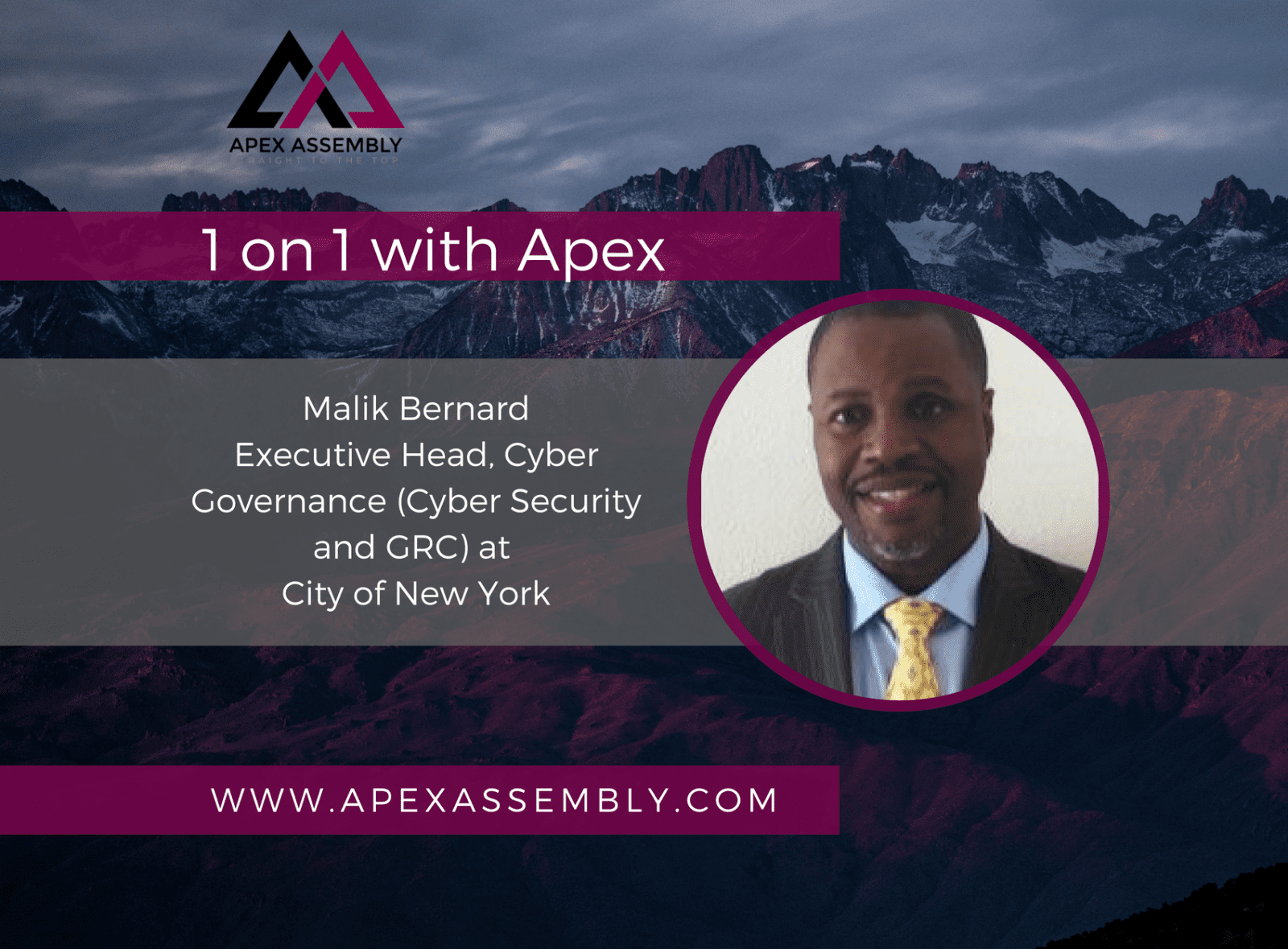

ROLE DESCRIPTION
We are looking for a Membership Manager to join the company and take on one of the most opportunistic roles the industry has to offer. This is a role that allows for you to create and develop relationships with leading solution providers in the enterprise technology space. Through extensive research and conversation you will learn the goals and priorities of IT & IT Security Executives and collaborate with companies that have the solutions they are looking for. This role requires professionalism, drive, desire to learn, enthusiasm, energy and positivity.
Role Requirements:
Role Responsibilities:
Apex offers our team:
Entry level salary with competitive Commission & Bonus opportunities
Apex offers the ability to make a strong impact on our products and growing portfolio.
Three months of hands on training and commitment to teach you the industry and develop invaluable sales and relationship skills.
Opportunity to grow into leadership role and build a team
Extra vacation day for your birthday when it falls on a weekday
All major American holidays off
10 paid vacation days after training period
5 paid sick days
Apply Now >>